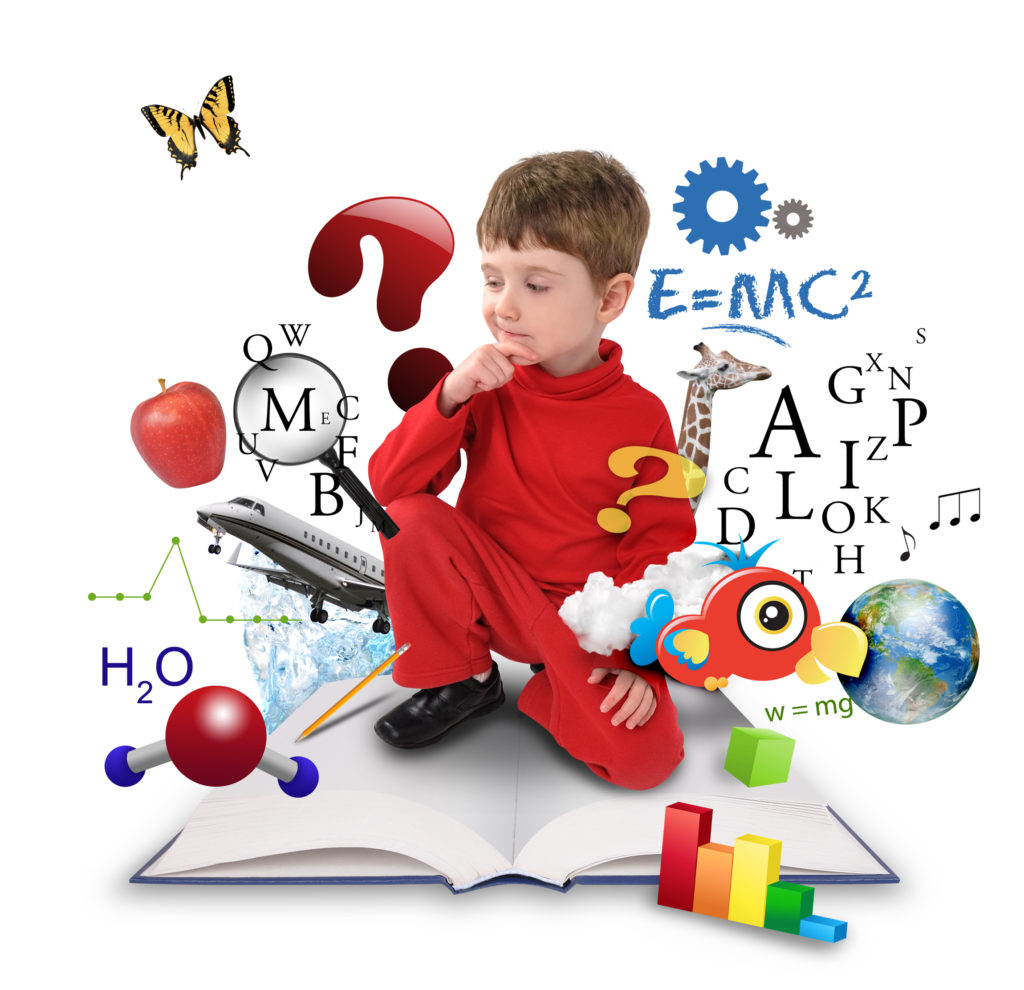Even with many years, technology is still a warm button issue. Some educators and students love and employ technology flawlessly every single day, and some hate it and don’t understand why they must be instructed to apply it in any way.

Furthermore, complicating any discussion from the role of technology in schools is the perceived inequality gap between rich and poor school districts. Some schools have endless resources for new technology (think iPads and 3D printers), while other schools need to use what wealthier schools might disregard as old.
Similarly, supporters of technology say that technology from the classroom encourages independent learning, teaches real-world life skills (e.g. crafting messages, online etiquette), inspires creativity, and helps students experiment in disciplines such as science by using more using new tools.
Conversely, critics of technology from the classroom say that it brings about distraction (particularly when students are checking Facebook rather than pay attention), fosters poor studying and research habits (e.g. just searching Google instead of really researching a subject using library resources), and can lead to problems like cyber bullying or even the invasion of privacy.
What’s clear is that there are particular trade-offs involved with technology. Educators shouldn’t view technology as being a panacea that will magically teach students the best way to read when they gain access to an iPad. And students shouldn’t view tablets, phones, and 3D printers simply as toys to prevent the true work of studying.
That’s why the main element decide any discussion about technology from the classroom (and from the classroom) is the teacher. In case a Visa for teacher in US desires to supplement an in-class lessons with web resources, he has to even be sure all students have equal use of those resources. Some students may live in a home with use of multiple computers and tablets, and some might live in a home its keep isn’t any use of fractional laser treatments.
The goal of technology must be to make learning quicker and easier for many students. Which often means challenging many assumptions regarding how students learn best. For instance, one trend within the U.S. educational system is “flipping the classroom,” by which online learning plays an important role. Unlike the traditional classroom, where lectures come about during the school days and homework gets done in the evening, a “flipped classroom” implies that students use teachers on homework during the school day and after that watch movie lectures in the evening.
And there’s one more ingredient that must be looked at, and that’s the ability for technology to organize students for your arena of the long run. That’s the reasons why U.S. educators are now being attentive to information technology and coding – they have got even described coding/programming as being a new fundamental skill from the digital economy, right close to literacy. In such cases, of course, it can be computer literacy that matters.
Whether it’s online education, iPads, gaming or BYOD, technology may play a crucial role later on progression of education. It’s very important to any teacher to understand the many issues playing anytime they introduce technology in the lesson plan and also the overall classroom experience.
For more info about Visa for teacher in US just go to this popular web site: click for more info
